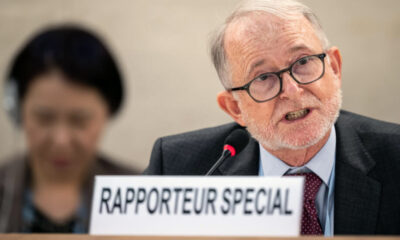Science & Technology
Explainer: What to know about October’s ‘ring of fire’ solar eclipse
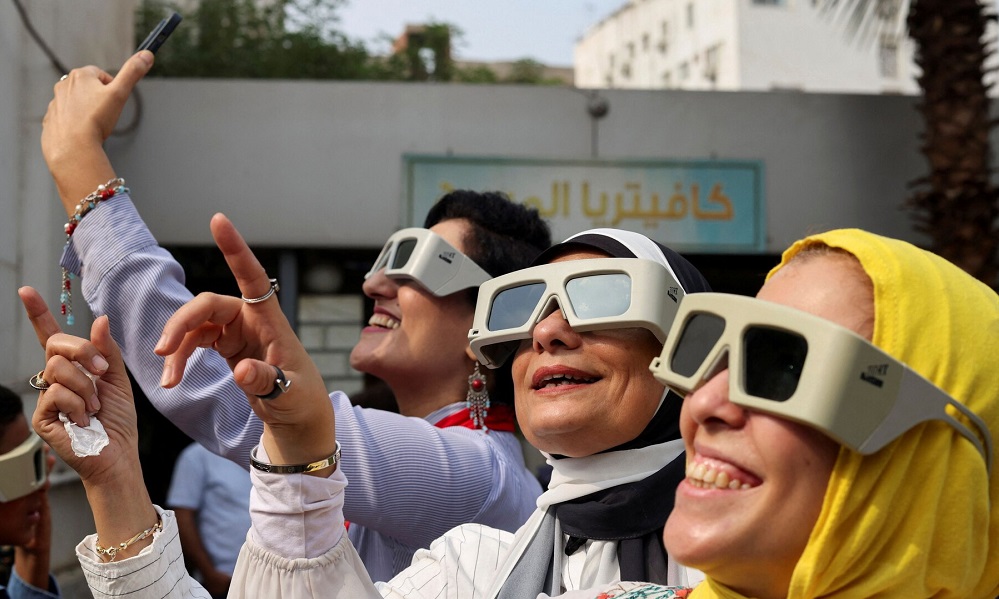
Millions of people in the Americas will be in a position to witness an astronomical treat on Oct. 14 with a solar eclipse in which – weather permitting – the moon will be seen passing in front of the sun.
The eclipse is due to be visible along a path covering parts of the United States, Mexico and several countries in Central America and South America, Reuters reported.
Here is an explanation of the type of solar eclipse that will occur and where it will be visible.
WHAT IS AN ANNULAR SOLAR ECLIPSE?
A solar eclipse happens when the moon journeys between Earth and the sun, blocking the view along a small path of Earth of some or all of the sun’s face as it passes. The one that will occur on Oct. 14 is a type called an “annular solar eclipse.” This occurs when the moon passes between Earth and the sun at a time when the moon is at or close to its farthest point from our planet. It does not completely obscure the face of the sun, unlike in a total solar eclipse.
WHY DOES IT LOOK LIKE A RING OF FIRE?
Because the moon is farther than usual from Earth during an annular solar eclipse, the moon will not completely obscure the sun, instead looking like a dark disk superimposed atop the sun’s larger, bright face in the sky. As a result, the eclipse will momentarily look like a ring of fire surrounding the dark disc of the moon. A total solar eclipse is due to occur on April 8, 2024, passing over Mexico, the United States and Canada.
WHERE WILL IT BE VISIBLE AND WHAT IS ITS PATH?
According to the U.S. space agency NASA, the path in the United States where the maximum obscuring of the sun will occur on Oct. 14 runs through parts of several states beginning at 9:13 a.m. PDT (12:13 p.m. EDT/1613 GMT) in Oregon, then California, Nevada, Utah, Arizona, New Mexico and Texas. The path then crosses over parts of Mexico, Guatemala, Belize, Honduras, Nicaragua, Panama, Colombia and Brazil before ending at sunset in the Atlantic Ocean. People in much larger parts of North America, Central America and South America will be able to see lesser obscuring of the sun – still an impressive sight.
HOW BIG ARE THE EARTH, MOON AND SUN?
The moon will nearly cover the sun’s face, as visible from Earth, only because the moon – in actuality much smaller than the sun – is so much closer to our planet. The moon’s diameter is 2,159 miles (3,476 km), compared to the sun’s diameter of about 865,000 miles (1.4 million km) and Earth’s diameter of 7,918 miles (12,742 km).
WHAT IS THE SAFEST WAY TO WATCH AN ECLIPSE?
Experts warn that it is unsafe to look directly at the bright sun without using specialized eye protection designed for solar viewing, risking eye injury. Because the sun is never fully blocked by the moon in an annular solar eclipse, it is never safe to look directly at it without such eye protection. Viewing it through a camera lens, binoculars or telescope without making use of a special-purpose solar filter can cause severe eye injury, according to these experts. They advise using safe solar viewing glasses or a safe handheld solar viewer at all times during an annular solar eclipse, noting that regular sunglasses are not safe for viewing the sun.
HOW DO SOLAR ECLIPSES DIFFER FROM LUNAR ECLIPSES?
Lunar eclipses occur when Earth is positioned between the moon and the sun and our planet’s shadow is cast upon the lunar surface. This leaves the moon looking dim from Earth, sometimes with a reddish color. Lunar eclipses are visible from half of Earth, a much wide area than solar eclipses.
Science & Technology
Saudi crown prince launches new company to develop AI technologies
U.S. President Donald Trump travels to Saudi Arabia this week, the first stop on his Gulf tour, and AI is expected to be a major discussion point during Tuesday’s joint Saudi-U.S. investment forum in Riyadh.
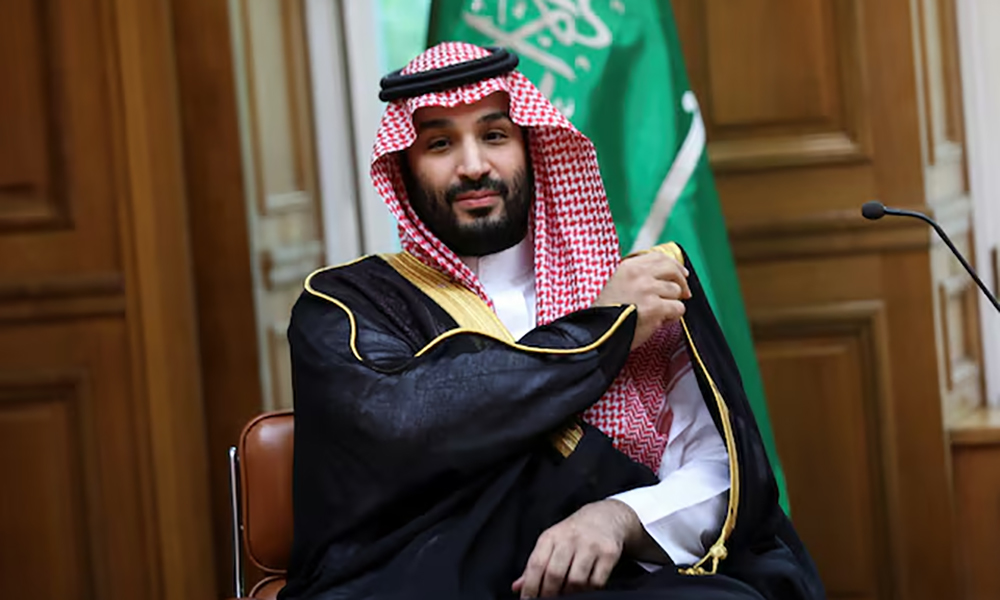
Crown Prince Mohammed bin Salman launched a new company to develop and manage artificial intelligence technologies in Saudi Arabia on Monday, a top priority of its economic diversification drive, Reuters reported.
U.S. President Donald Trump travels to Saudi Arabia this week, the first stop on his Gulf tour, and AI is expected to be a major discussion point during Tuesday’s joint Saudi-U.S. investment forum in Riyadh.
The kingdom, the world’s biggest crude exporter, is undergoing a significant economic and social transformation under its Vision 2030 programme which aims to wean the economy off its oil dependency.
It wants to develop AI technology and infrastructure – including data centres – and has ambitions to establish the kingdom as a global centre for AI, pitching itself as a prospective hub for AI activity outside the United States, read the report.
Chaired by bin Salman, Saudi Arabia’s de facto leader, the new company, Humain, will operate under the Public Investment Fund, and offer AI services and products, including data centres, AI infrastructure, cloud capabilities and advanced AI models, the state news agency reported.
Earlier this year, cloud software seller Salesforce (CRM.N), said that it planned to invest $500 million in Saudi Arabia related to artificial intelligence.
Science & Technology
Skype ends operations after 22 years of service
Microsoft acquired Skype in 2011 and says the decision is part of a strategy to focus on its other platform, Microsoft Teams.

Skype officially shut down on Monday. The closure comes after nearly 22 years in operation, during which Skype became known for making international voice and video calls accessible and affordable for millions of people worldwide.
Microsoft acquired Skype in 2011 and says the decision is part of a strategy to focus on its other platform, Microsoft Teams.
Launched in 2003, Skype quickly became a revolutionary tool for free voice and video calls over the internet, amassing more than 300 million monthly users at its peak in the mid-2010s. The free platform changed how people communicated across borders, long before Zoom or FaceTime.
In 2011, Microsoft acquired Skype for $8.5bn, aiming to make it a central part of its communications strategy. But as competitors like WhatsApp, Zoom, and eventually Microsoft’s own Teams gained traction, Skype’s popularity faded.
On February 28, Microsoft said it would retire Skype on May 5 to streamline its services and prioritise Teams for communication and collaboration.
Microsoft has urged users to transition to Teams by visiting skype.com and utilising the “Start using Teams” feature. All Skype chats and contacts will remain accessible through Teams using the same login credentials.
Science & Technology
Apple moving to make most iPhones for US in India rather than China
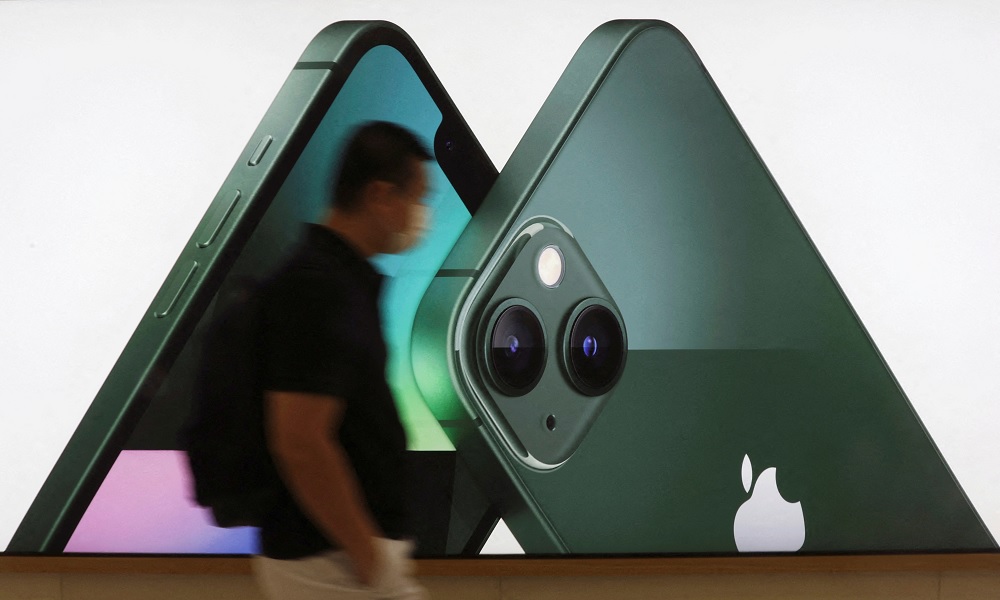
Apple aims to make most of its iPhones sold in the United States at factories in India by the end of 2026, and is speeding up those plans to navigate potentially higher tariffs in China, its main manufacturing base, Reuters reported.
The U.S. tech giant is holding urgent talks with contract manufacturers Foxconn and Tata to achieve that goal, the person, who declined to be named as the planning process is confidential, said on Friday.
Apple and Foxconn did not immediately respond to requests for comment, while Tata declined to comment.
Apple sells over 60 million iPhones in the U.S. annually with roughly 80% of them made in China currently.
Prime Minister Narendra Modi has in recent years promoted India as a smartphone manufacturing hub, but higher duties on importing mobile phone parts compared to many other countries means it is still expensive for companies to produce in India.
For iPhones, manufacturing costs in India are 5-8% higher than in China, with the difference rising to as much as 10% in some cases, the source said.
Apple has already stepped up production in India to beat U.S. President Donald Trump’s tariffs, shipping some 600 tons of iPhones worth $2 billion to the United States in March. The shipments from India marked a record for both its contractors Tata and Foxconn, with the latter alone accounting for smartphones worth $1.3 billion, Reuters reported last week.
In April, the U.S. administration imposed 26% duties on imports from India, much lower than the more than 100% China was facing at the time. Washington has since paused most duties for three months, except for China.
Trump’s administration has since signalled openness to de-escalating the trade war between the world’s two largest economies that has raised fears of recession.
The Financial Times first reported about Apple’s plan on Friday.
As Apple diversifies its manufacturing beyond China, it has positioned India for a critical role. Foxconn and Tata, its two main suppliers there, have three factories in all, with two more being built.
-

 Latest News5 days ago
Latest News5 days agoOne dead, dozens injured as powerful storm strikes Jalalabad, Afghanistan
-

 Latest News5 days ago
Latest News5 days agoEx-Afghan deputy speaker Qadeer back in Kenyan court for criminal case
-

 Health5 days ago
Health5 days agoJapanese charity Peshawar-Kai to resume leprosy treatment in Afghanistan
-
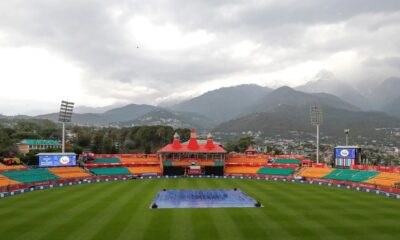
 Sport5 days ago
Sport5 days agoIndia suspends Indian Premier League T20 cricket tournament
-

 Latest News4 days ago
Latest News4 days agoPakistan says India launched attack on Afghanistan, India denies
-

 Latest News5 days ago
Latest News5 days agoMCC Chief: Afghan cadres sent to China for AI training
-

 World4 days ago
World4 days agoUS offers to help India and Pakistan start talks, G7 also urges dialogue
-

 Sport4 days ago
Sport4 days agoFIFA OKs creation of Afghanistan women’s refugee team










